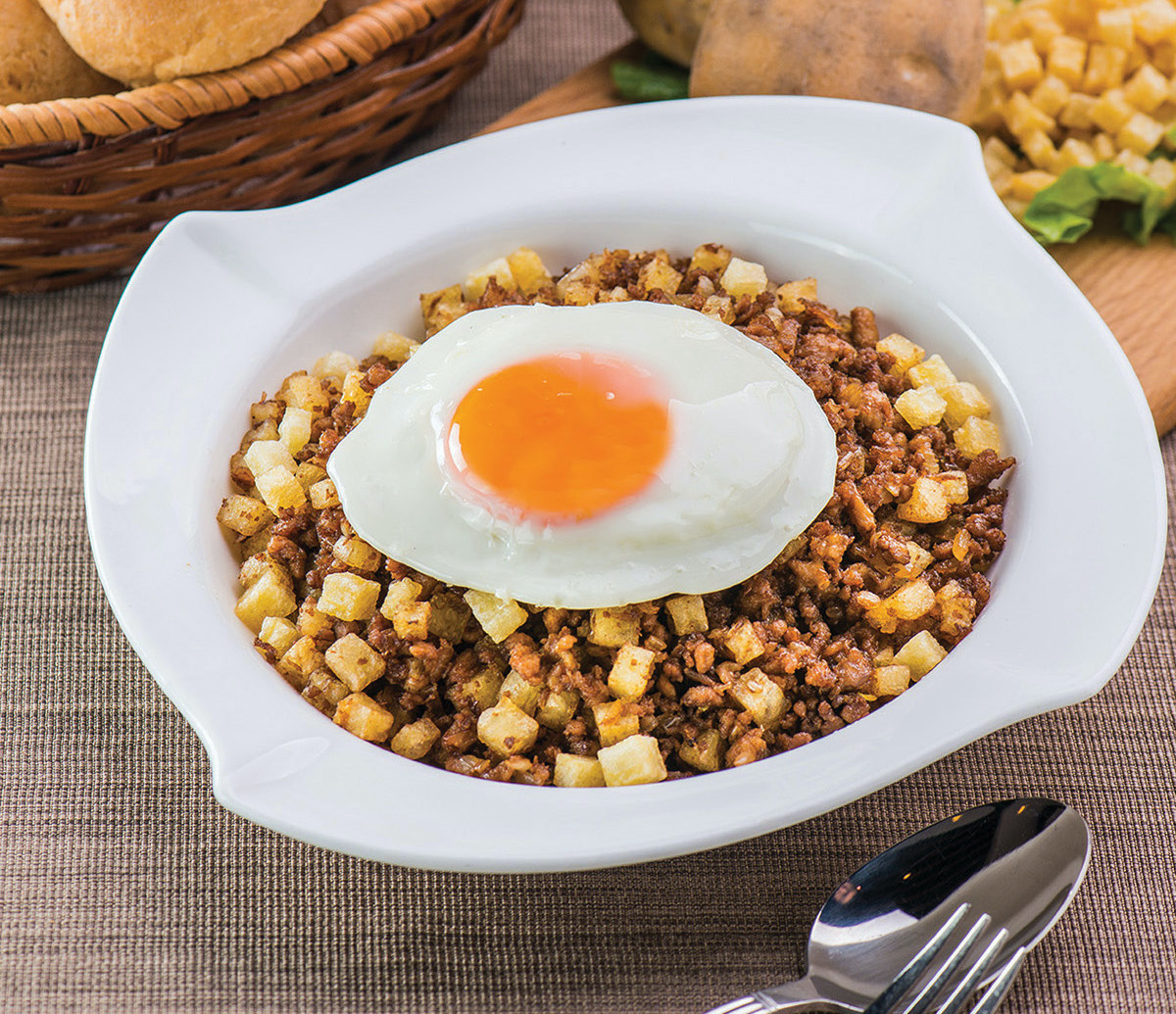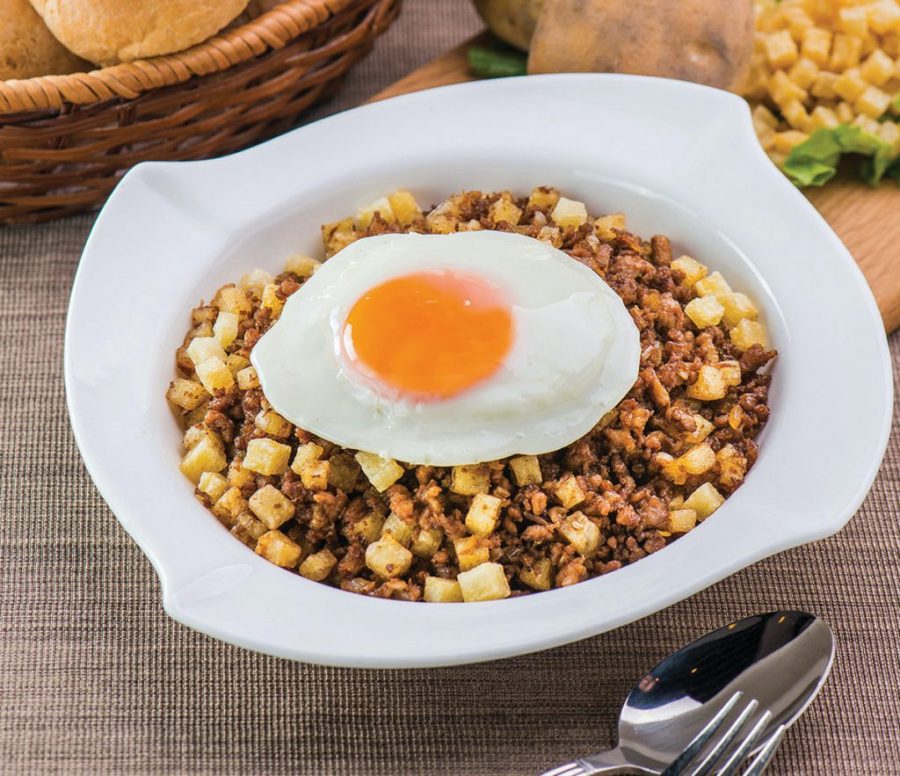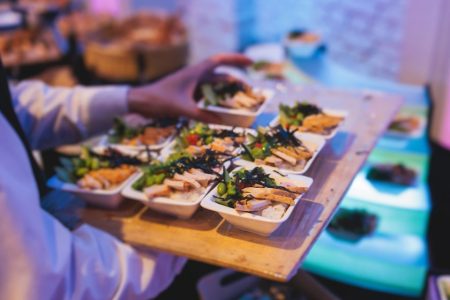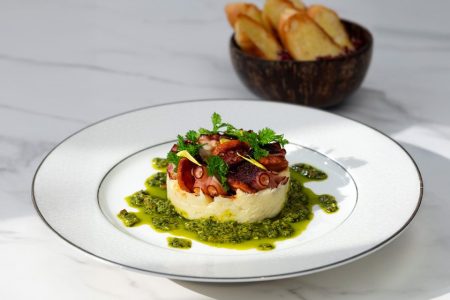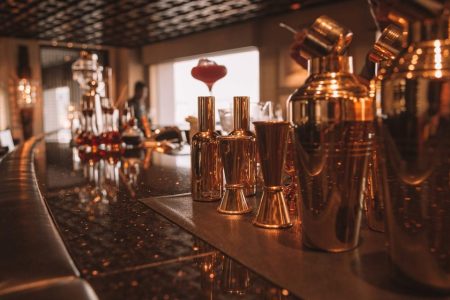Few culinary traditions can claim to be a “global first” or truly unique. But Macanese cuisine is both. As one of the world’s first examples of fusion food, Macanese cuisine has more than 400 years of history in the SAR.
The cuisine is one-of-a-kind, infused with influences and ingredients from a range of cuisines, primarily Portuguese and Chinese but also Malaysian, Indonesian, African and many others.
So far, Macanese cuisine has stood the test of time, but it faces many challenges ahead. As a tradition that is largely passed down from generation to generation – and sees many safely guarded family secrets – it’s up to chefs, cultural activists and the government to ensure the cuisine continues to flourish.
We take a look at the past, present and future of Macanese cuisine. How did the world’s first fusion food come to be? What shaped its culinary heritage? And who is preserving and evolving Macanese cuisine for modern palates?
A rich history of international flavours
The story of Macanese cuisine is very much a story of Portuguese exploration, curiosity and cultural exchange.
To understand the building blocks of Macanese food, we have to go all the way back to 1492. That year, the Moors’ (Muslim forces in Africa) 781-year occupation of the Iberian Peninsula – modern-day Portugal and Spain – came to an end.
Though they fled the continent after surrendering to united Christian armies, these Moors left behind a cuisine that was rustic, regional and based on locally abundant ingredients.
Seafood was a centrepiece, as well as “a variety of vegetables, potatoes and meat products,” according to historian António M Jorge Da Silva in his book Macanese Cuisine – Origins and Evolution. Portuguese food had also been influenced by Judaic, Arabic and Roman cooking traditions.
In the years after 1492, the Portuguese, without the resources at home to feed their growing population, set out to find new lands, establishing sugar plantations in Madeira, an island off the southwestern coast of Portugal; the Caribbean; South America and Africa.
From Africa, the Portuguese ventured onwards to Asia, according to Janet P Boileau, a culinary historian and the former head of the United Nations University Press.
“The Portuguese voyages of exploration were undertaken by a small, economically challenged nation filled with Catholic zeal inspired by its liberation from centuries of Muslim rule,” she says. “The discovery of India and the Spice Islands generated the profits that allowed a wealthy colonial society to develop.”
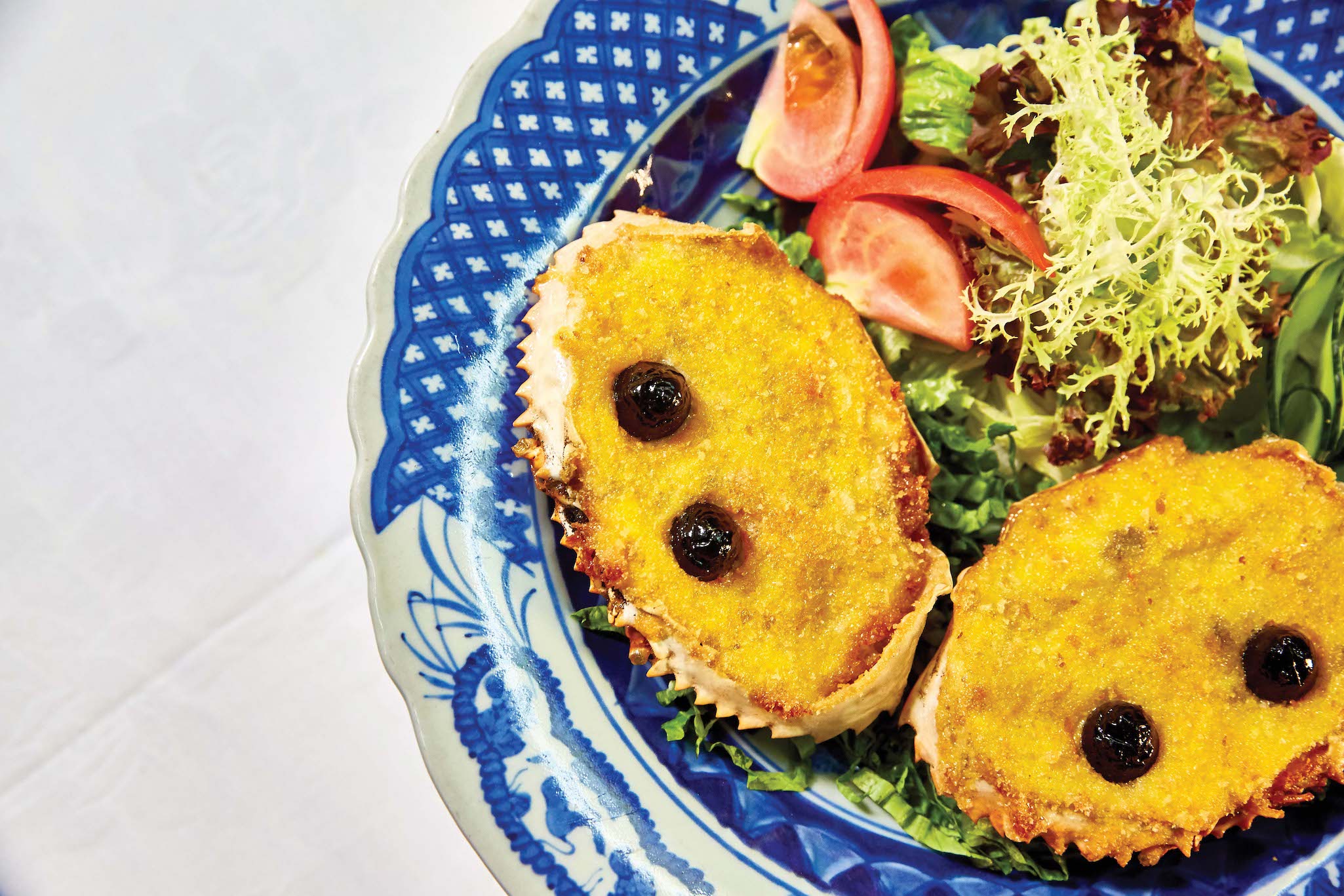
Along with the explorers went olive oil, wine and other European staples, as well as cooking techniques and foods like corn, tomatoes, potatoes and chillies from the Americas, then known as the New World.
These foods travelled East with the Portuguese, as they were easily transported on long sea voyages and carried growing cultural significance to the explorers.
Life on the seas for Portuguese crews was far from idyllic. Rats ran amok through food supplies, bed bugs were rife and supplies were often so low, the sailors had to subsist on stale biscuits riddled with worms.
The ruling classes on board, meanwhile, enjoyed most of the luxuries to which they were accustomed, often entertaining leaders they encountered on the voyages. As a result, many premium foods and drinks like port, elaborate pastries and expensive meats also made the trip.
The food that made it to the final destination was typically dried, preserved in salt or sugar, or otherwise protected from spoiling.
This impacted the types of foods that surfaced in Macao, which was established as a Portuguese settlement in 1557. Dishes based around vinegar, spices and treats like bacalhau – salted cod – became, it could be argued, the first examples of Macanese cuisine in history.
Fish and seafood were important in all the coastal communities that the Portuguese seafarers set up over the years. Other Portuguese staples including pork, salt, bread, sugar and vinegar played an equally important role.
Traditional Portuguese foods combined with local ingredients unique to each trading port like Ceylon cinnamon – from Ceylon, now Sri Lanka – and coconut milk from Malacca, which is now part of Malaysia.
But in Macao, how did this heavy Portuguese influence become the multi-layered Macanese cuisine of today?
Chinese food: The foundation of Macanese cuisine
Following its establishment in the 16th century, Macao was unlike any other Portuguese territory in the world. It was small and lacked arable land, which meant the city learned to rely on imports from day one.
The most readily available imports tended to be right across the border, from mainland China. Early Macanese cooks relied heavily on food coming in from China, which led to the deep Chinese influence inherent in the cuisine, even among early Portuguese settlers.
And it’s here that it can be argued that the “world’s first fusion cuisine” began in earnest.
Boileau says that the Portuguese – more than other European explorers at the time – were open to the new foods and traditions they encountered. Although they arrived in these foreign lands ill-prepared for the novel plants, ingredients and customs, they were more able to adapt than their northern European counterparts.
This may be why we still see more of the Portuguese legacy in their former territories to this day. Boileau suggests they also had an easier time acclimatising to warm, humid conditions as they were used to the southern European climate.
And she notes, the Portuguese were also more open to mixing with local residents and appreciated other cultures. Boileau explains: “Portuguese marriages with indigenous women helped demystify and destigmatise local foods while [the] native skill in preparing them increased palatability.”
Noreen Sousa, a Macanese great-grandmother who is an encyclopaedia of Macanese cuisine, says these intermarriages were a key ingredient to developing the flavours we know and love.
“Many of these [Portuguese] sailors intermarried with Chinese women from Macao, as well as Goan, Malay, and Southeast Asian women,” says Sousa. “The wives would cook their own dishes but also to try to please their husbands. They would make do with what they had to replicate the dishes their husbands were used to.”
As a result, explains Sousa, the husbands and wives learned from each other’s cultures and used local ingredients as well as what was transported on the ships to create new dishes. Gradually a new cuisine was formed in the homes of Macanese families.
Heavily influenced by Chinese food, Macanese cuisine took on all the elements of the spice routes across Africa, Malaysia and India yet managed to also retain its strong link to the Iberian world. The unique mix of flavours gave rise to iconic Macanese dishes like African chicken, tamarind-braised pork and minchi – Macao’s de facto dish.
Believed to have descended from both the English and Goan communities in the city, the centuries-old creation features minced or ground beef or pork which is flavoured with molasses and soy sauce, and usually comes with a fried egg on top. But these well-known dishes represent only a fraction of the many unique dishes that once made up the world’s first fusion cuisine.
Disappearing ingredients and secret recipes
Today, Macanese cuisine faces challenges on multiple fronts, from hard-to-find ingredients to time-intensive production methods and closely guarded recipes.
Many Macanese dishes have become harder and harder to produce over the years, both in terms of sourcing ingredients and manpower. Take balichão, for instance. Typically made with krill (a type of small crustacean), this famous shrimp paste came to be after the Portuguese introduced pastes from other ports to Macao.
Borrowing inspiration from the various pastes, Macao locals then developed their own special variant, balichão, which quickly became the base of countless dishes. For hundreds of years, it was the most important of all Macanese concoctions.
It was neither fully Chinese nor Portuguese, but rather a fusion of cultures that gave a unique taste to many classic Macanese dishes. But today, it’s largely disappeared from culinary creations.
Maria João Ferreira, a board member at Lisbon member’s club Casa de Macau, describes balichão as “the main sauce and seasoning that is very dear seasoning of the Macanese cuisine which is, sadly, about to disappear,” she continues.
Some believe the condiment is facing extinction due to the lengthy fermentation process and hard-to-source krill, which are the main ingredient, according to Ferreira.
Other important ingredients, like tamarind – a tart fruit from the tamarind tree which is used as a spice and souring agent in curries, chutneys and bean dishes – and fresh coconut milk have also become harder to find.
“The Macanese curry used to have balichão and tamarind as two of its main ingredients,” says Rufino Ramos, secretary-general of the International Institute of Macao. “And they used fresh coconut milk, which has a better taste than canned. But why coconuts when there are no coconut trees in Macao? Because they came from Malaysia.”
For convenience, many cooks are now reaching for more readily available alternatives on supermarket shelves. As a result, both Ferreira and Ramos fear some Macanese recipes will become endangered.
Another challenge is access to recipes. In the past, many families kept their recipes a closely guarded secret due to competition amongst home cooks. Ramos has been delving into the city’s historic recipes and speaking to Macanese families to discover the secrets of the past.
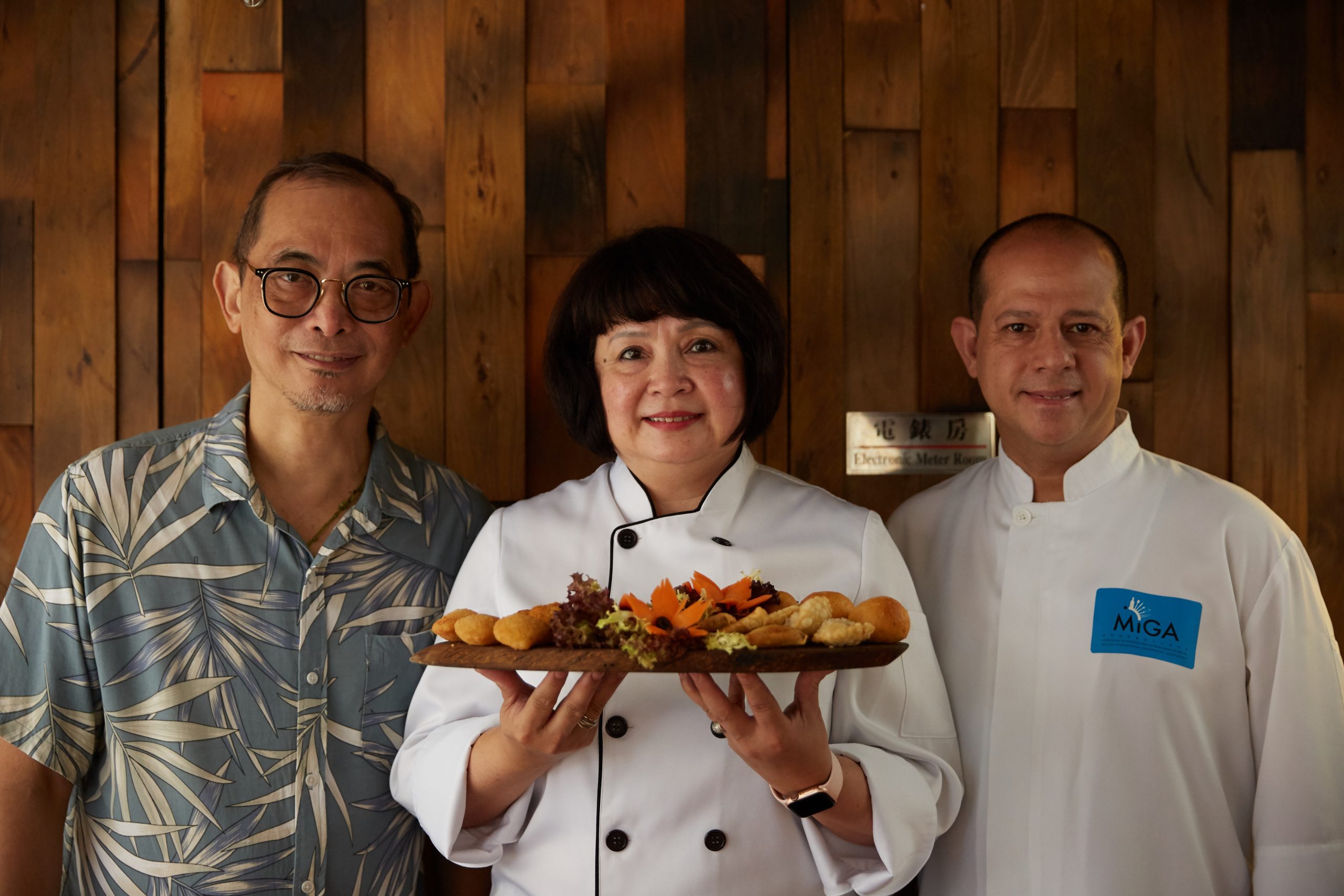
The wives of early settlers drove the evolution of the cuisine, but they rarely shared their recipes and creations outside the immediate family. “Because they didn’t need to work, the ladies dedicated all their time to cooking. And they were competing with their neighbours, so they had to do the best, most elaborate dishes possible,” he says. “They used very complicated ways to produce the dish, just to make it good.”
Due to this legacy of the culinary rivalry between households, women rarely wrote down recipes or created cookbooks to pass from one generation to the next.
“Many of the families didn’t want to reveal their secrets,” he explains. “I’ve requested many families to reveal their dishes but many say that they are their grandmother’s recipes and they treasure them. It’s a very precious thing. Many of those secrets get lost.” Ramos gives the example of a grandmother putting Chinese wine in a fish pie to finish the dish – but only when no one was looking…
Many family recipes have been forgotten, misplaced or simply locked away as a family heirloom, leaving many Macanese dishes lost to history. Restaurant recipes and ubiquitous classics, like minchi or tamarind-braised pork, now make up the Macanese cuisine that’s known and enjoyed across the SAR every day, even though they represent only a fraction of the cuisine’s history.
Ramos believes the key to keeping the cuisine alive is to pass the wisdom of the elders on to the next generation, enabling young cooks to add their personality while preserving the fundamentals of the tradition.
“What we need is to train the younger generation,” he says. “Stimulate the interest to understand the Macanese food culture and try to devise some regenerated recipes. Organise some sessions and try to exchange some recipes with them – or even some secrets.”
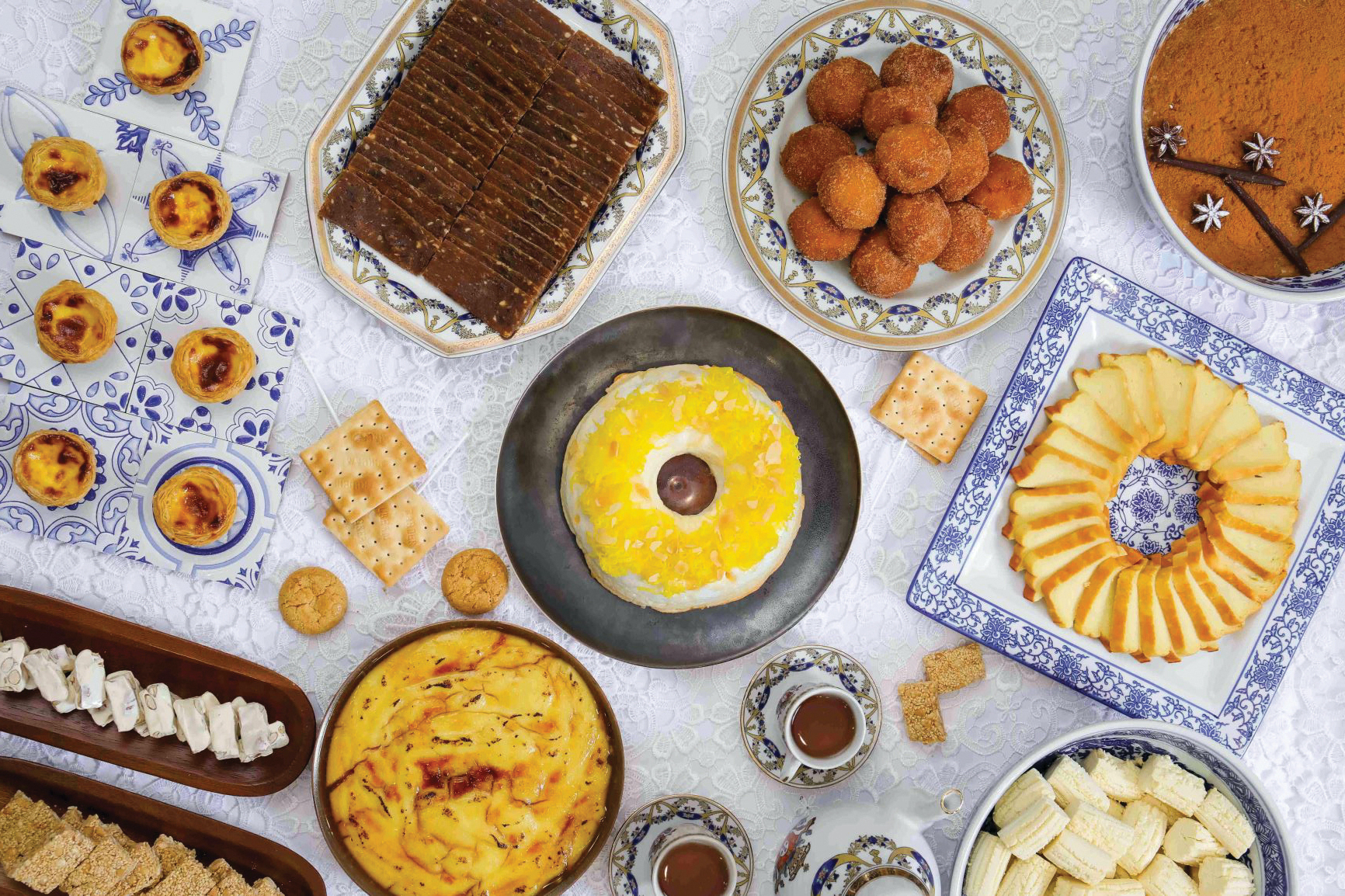
Keeping Macanese traditions alive
Chef Antonieta Fernandes Manhão, commonly known as ‘chef Neta’, runs cooking classes to promote Macanese food in the city. She is an expert on the cuisine and from September to December 2019, she collaborated on a special chá gordo menu with The Manor restaurant at the five-star St Regis Macao hotel in Cotai Strip.
The tradition of chá gordo, which literally means ‘fat tea’ in Portuguese, is seen as a grand and gluttonous twist on British high tea.
Despite being uniquely Macanese, the tradition borrows influences from all over the Portuguese trading routes. Boileau sees it as an archetype of the openness to new ideas that helped create Macanese cuisine in the first place. “Chá gordo exemplified the processes of culinary creolisation that lay at the heart of Luso-Asian cuisine,” she says.
Chef Neta knows all too well the importance of the feast, describing it as “one of the unique and rare cultural practices that we have to preserve.” She explains that after her grandmother passed away, she dedicated herself to studying and cooking Macanese food because she didn’t want to lose the family knowledge.
“We don’t want the cuisine to disappear in the future,” she says. “If we do nothing, in 10 years it will be gone. Tourists come to Macao and eat Portuguese food and think they have tried Macanese food – but it’s not the same. We need to educate them on the real Macanese food.”
The “Godmother of Macanese Food”, centenarian Aida de Jesus, is part of the older generation passing on the traditions with absolute authenticity at her famous Macanese restaurant Riquexó, which sits next to Flora Park.
“Tourists come to Macao and eat Portuguese food and think they’ve tried Macanese food but it’s not the same. We need to educate them on the real Macanese food.”
“All the Portuguese [who frequent here] know what they will get,” she says. “If I die, they know all the dishes [here] and these dishes will continue.”
Aida de Jesus’ daughter, Sonia Palmer, who runs the restaurant on a day-to-day basis, says the Macao government has been very supportive when it comes to introducing Macanese food to tourists.
Bit by bit, more people are discovering what Macanese food really is all about. “I’m happy to see that nowadays, more restaurants are opening and making Macanese food,” she explains. “It will go on because it’s young people who are opening them. But I don’t think it will be on a very grand scale like French or Italian food.”
Another chef carrying the torch is Tertuliano de Senna Fernandes, who was born into a Macanese family with more than 250 years of heritage in the city. As a chef consultant in Macao and mainland China, he helps to preserve the traditions by passing them on faithfully to other chefs and restaurateurs.
He is also the founder and chairman of the Macao International Gastronomy Association which promotes Macanese food traditions around the world.
“Being a chef, my passion is food and, in particular, Macanese food. So I try my best to learn and promote as many traditional recipes as possible,” he says “I put all my efforts into promoting Macanese food and traditions. If we stop preserving our culture then it will just disappear.”
But he remains optimistic about the future of Macanese cuisine, adding: “In the modern world, we record everything we do, so I’m hopeful our culture will continue to live on and inspire future generations.”
